detail profile robert frank
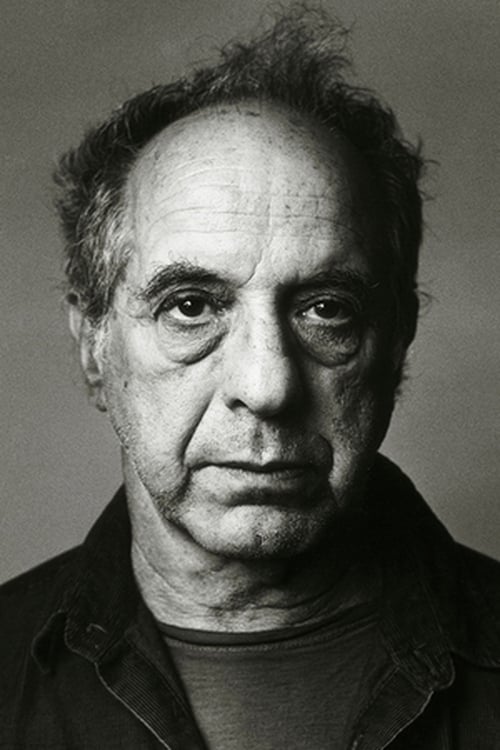
Riwayat Hidup
Robert Frank is one of the most acclaimed photographers of the 20th century.
He is best known for his seminal book "The Americans", featuring photographs taken by the artist in the mid-1950s as he traveled across the U.
S.
on a Guggenheim fellowship.
Robert Frank is also known as a filmmaker.
Info Pribadi
Peran Yang Di Mainkan Robert Frank
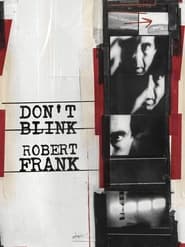 The life and work of Robert...
The life and work of Robert...Don't Blink - Robert Frank 2015
The life and work of Robert Frank—as a photographer and a filmmaker—are so intertwined that they're one in the same, and the vast amount of territory he's covered, from The Americans in 1958 up to the present, is intimately registered in his now-formidable body of artistic gestures. From the early '90s on, Frank has been making his films and videos with the brilliant editor Laura Israel, who has helped him to keep things homemade and preserve the illuminating spark of first contact between camera and people/places. Don't Blink is Israel's like-minded portrait of her friend and collaborator, a lively rummage sale of images and sounds and recollected passages and unfathomable losses and friendships that leaves us a fast and fleeting imprint of the life of the Swiss-born man who reinvented himself the American way, and is still standing on ground of his own making at the age of 90.
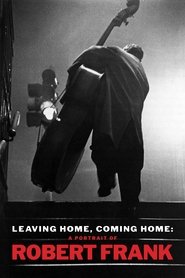 A documentary on the photographer Robert...
A documentary on the photographer Robert...Leaving Home, Coming Home: A Portrait of Robert Frank 2004
A documentary on the photographer Robert Frank.
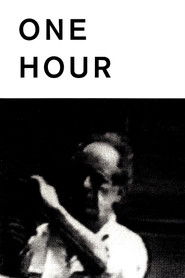 One of the longest handheld tracking...
One of the longest handheld tracking...It’s Real 1990
One of the longest handheld tracking shots in film history, It’s Real documents an hour in the street life of downtown Manhattan. Not only is it a unique record of a particular time and place—July 26, 1990, from 3:45 to 4:45 p.m. in the Lower East Side near Robert Frank’s studio (we note in a Daily News headline that after some 20 years the Zodiac killer still hasn’t been identified)—it’s also an experiment in fragmentary language, gesture, and life caught unawares. Snippets of dialogue captured in passing at phone booths and crosswalks, in alleyways, subways, and diners—chance encounters, only presumably, with people going about their day—have something of the aleatory cut-up technique of the Dadaists in the 1920s and William Burroughs and Byron Gysin in the 1950s, an effort to divine new and deeper meanings in ordinary life. — Museum of Modern Art
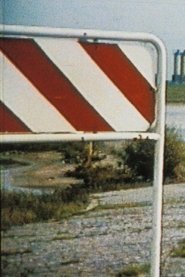 In the words of Robert Frank...
In the words of Robert Frank...Hunter 1989
In the words of Robert Frank, Hunter is about “. . . a man whose destiny is not to find a destination. . . . A man who fears that he will never find what his imagination compels him to look for, a mystical traveler going by train and by car through . . . language and landscape.” The film was shot entirely on location in Germany’s industrial Ruhr region in September/October 1989.
 In 1982 Robert Frank was on hand...
In 1982 Robert Frank was on hand...This Song for Jack 1983
In 1982, Robert Frank was on hand at the Naropa Institute in Boulder, Colorado, to film the Jack Kerouac Conference, a 25th-anniversary commemoration of On the Road in which poignantly aging Beats and fellow-traveling authors, activists, and composers (Allen Ginsberg, William Burroughs, Gregory Corso, Michael McClure, Herbert Huncke, Anne Waldman, Lawrence Ferlinghetti, Ken Kesey, Abbie Hoffman, David Amram) gathered on a rain-swept Chautauqua porch to recite poetry and raise a glass to their patron saint. Particularly memorable is Frank’s humorous encounter with a group of grizzled and well-lubricated onlookers. — Museum of Modern Art
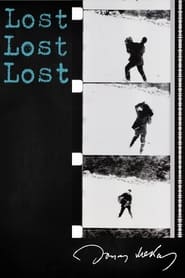 Jonas Mekas adjusts to a life...
Jonas Mekas adjusts to a life...Lost, Lost, Lost 1976
Jonas Mekas adjusts to a life in exile in New York in his autobiographical film, shot between 1949 and 1963.
 This flyonthewall documentary follows the Rolling...
This flyonthewall documentary follows the Rolling...Cocksucker Blues 1972
This fly-on-the-wall documentary follows the Rolling Stones on their 1972 North American Tour, their first return to the States since the tragedy at Altamont.
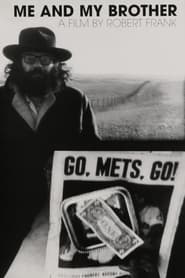 Julius Orlovsky after spending years in...
Julius Orlovsky after spending years in...Me and My Brother 1969
Julius Orlovsky, after spending years in a New York mental hospital, emerges catatonic and must rely on his brother Peter, who lives with poet Allen Ginsberg. When Julius wanders off in the middle of filming, Frank hires and actor (Joseph Chaikin) to play the character and begins a fictional version of his psychological portrait. Then, as suddenly as he vanished, Julius turns up in an institution where he and Peter must face their relationship.
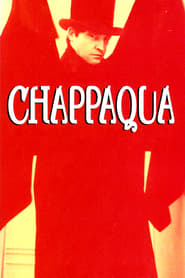 Semiautobiographical story of Conrad Rooks who...
Semiautobiographical story of Conrad Rooks who...Chappaqua 1966
Semi-autobiographical story of Conrad Rooks, who travels to France to undergo a drug-withdrawal cure. Flashbacks to the beginings of psychedelia in San Fran. Though initially confusing, as Rooks blends drug-illusion with reality, and cuts color with black-and-white and monochrome tinted shots, "Chappaqua" is conventionally constructed with a beginning, middle, and end.
 Based on an incident in the...
Based on an incident in the...Pull My Daisy 1959
Based on an incident in the life of Beat icon Neal Cassady and his wife, the painter Carolyn, the film tells the story of a railway brakeman whose wife invites a respected bishop over for dinner. However, the brakeman's Bohemian friends crash the party, with comic results. Pull My Daisy is a film that typifies the Beat Generation. Directed by Robert Frank and Alfred Leslie, Daisy was adapted by Jack Kerouac from the third act of his play, Beat Generation; Kerouac also provided improvised narration.
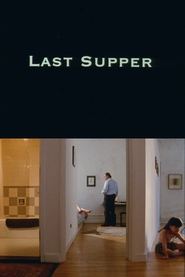 In an empty lot in Harlem...
In an empty lot in Harlem... A mediocre musician goes on the...
A mediocre musician goes on the...